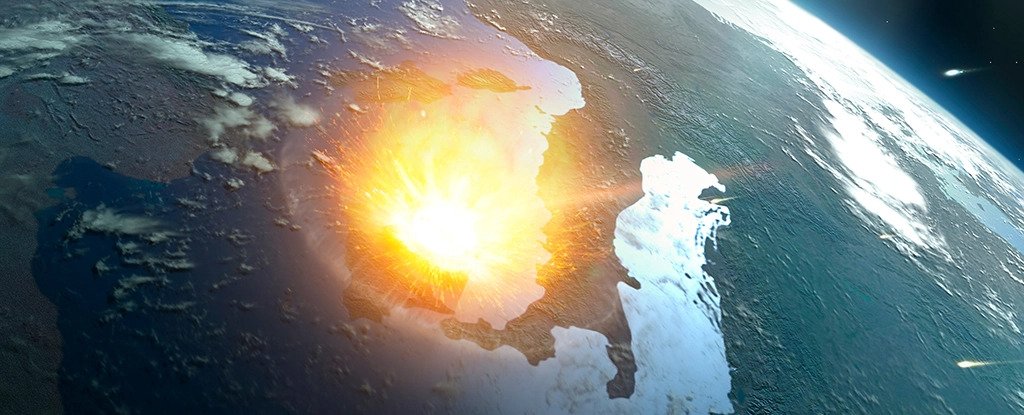A NASA scientist used a new catalog of satellite studies from NASA to study meteorite craters and determine the size of the bodies that caused them. It says the danger of asteroid collisions may be underestimated.

Asteroids that have fallen to Earth in the last million years
James Garvin, a scientist at the Goddard Space Flight Center, says that we can greatly underestimate the danger of collisions with asteroids. He stated this at a recent conference on the study of the Moon and planets.
Garvin made his conclusions based on a new catalog of satellite images of the earth’s surface. In it, he has found all the landforms that, according to scientists, are the result of collisions with asteroids during the last million years. According to him, a number of craters have weak rings beyond their defined limits. In fact, the bodies that formed them were much larger.
An example here is the Zhaminshin depression in Kazakhstan. It has a diameter of 12 km and is believed to have been formed about 90 thousand years ago as a result of an asteroid impact with a diameter of 200-400 meters.
However, according to the scientist, the crater really has a diameter of about 30 km. Accordingly, the diameter of the asteroid that formed it was also much larger. The same results were obtained for several other characteristic landforms.
How often do asteroid collisions occur?
Usually, when people explain the danger of collision with asteroids, they cite as an example the Chicxulub asteroid. It crashed into the Earth near the Yucatan Peninsula and became one of the reasons for the extinction of the dinosaurs.
But in fact, the fall of such celestial bodies is extremely rare and in their estimates, scientists rely not on them, but on the traces of a collision with much smaller bodies. For example, according to some estimates, an asteroid with a diameter of 1 km falls to earth every 600 thousand years. And this is also not a small event at all. Its scale now would be sufficient to destroy entire countries.
Garvin’s research shows that we can misjudge the frequency of strong impacts. In particular, he believes that a collision with an asteroid of kilometer diameter can occur once every several tens of thousands of years.
According to www.sciencealert.com
Follow us on Twitter to get the most interesting space news in time
https://twitter.com/ust_magazine
